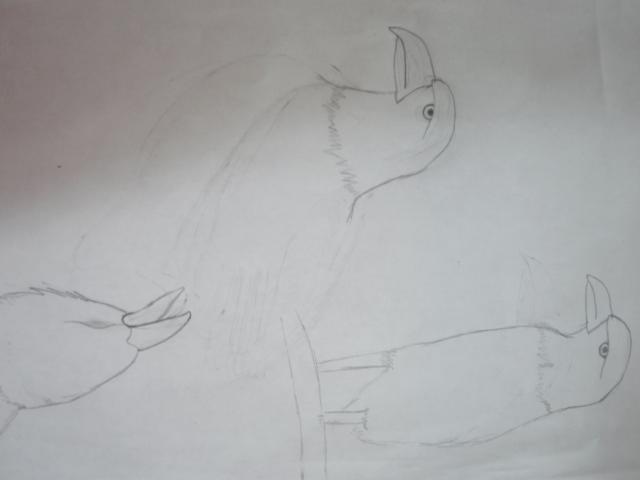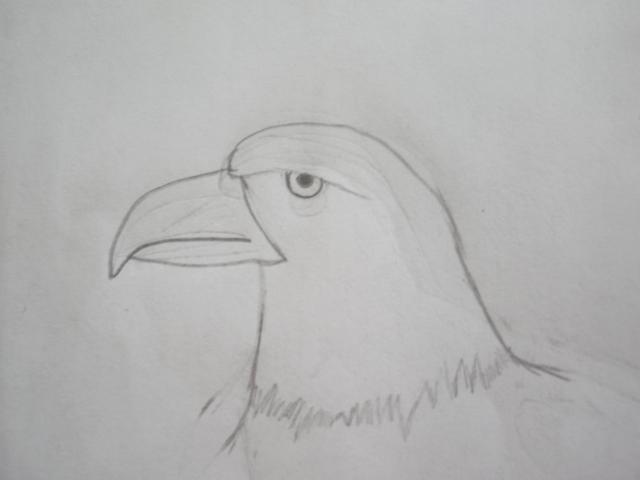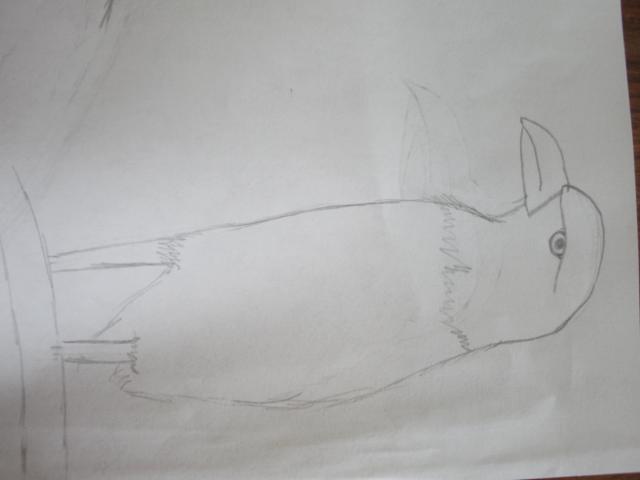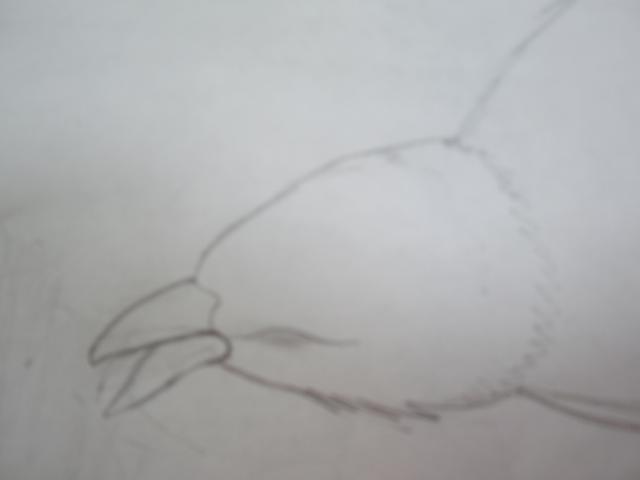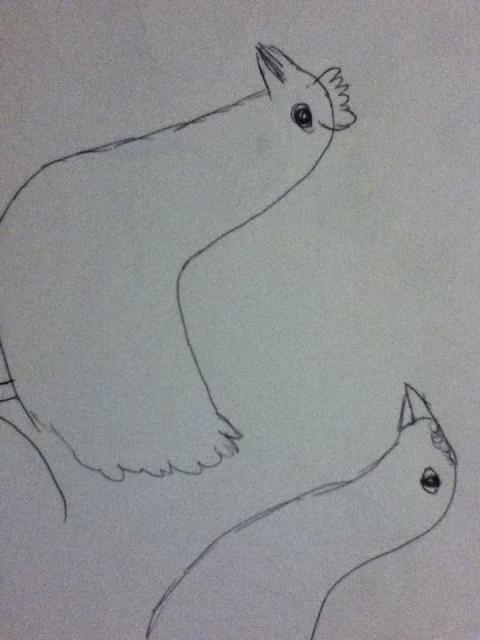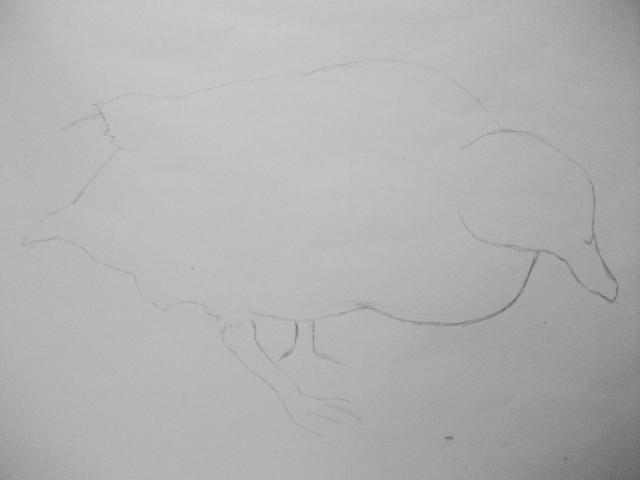-<< ASSIGNMENT POST >>-
First we will do an exercise on looking at shapes! Now that you've done a few life drawings, you may start to realize that overall shapes and impressions can show a lot about what is going on with a bird even without details. Next week we will begin exploring anatomy.
You may either do this on a sheet of paper or in your head. I'd recommend that is you really want to get better, to do this yourself as you follow along! You can practice by doing it on other photos too. The more you practice the better!
Doing this exercise is not required but it might really help you.
For now I am going to look at ducks... their smooth bodies are great for learning shapes!
Let's look at this photo I took of a Wood Duck. I removed the background so that it is not distracting.
If you are following along and doing this exercise at home, please do a sketch of the basic outlines/shapes of this duck. Do this
before scrolling down any further! After you do this drawing, set it aside for a moment.
This is the same photo of the duck, broken down further. We are still getting too much detail information about the shapes the duck's body is making, however...
Broken down slightly further:
Here we have just the silhouette of the duck, which is its most basic shape. Without the distraction of details (especially the eyes-- we are designed to usually look at the eyes first!) we can see his sleek shapes and how his posture suggests that he is alert but not alarmed. It is amazing how much a simple shape like this can tell us about this duck.
Now, for those of you following along and drawing, it's time to draw the second part of this exercise! Look at the image below. IT is made of simple black and white shapes.
I want you to carefully draw an outline of only the abstract black shapes.
What you drew is actually the negative space around the wood duck! Flip your newer drawing upside-down and it should resemble the silhouette of the wood duck. How does this outline compare with your first sketch? Which is more accurate to the overall shape of the duck (not counting details!).
Sometimes the second drawing of just the black shapes is a more accurate outline of the duck than the first that you drew from the photograph. Why? You are overriding what your brain "Thinks" it sees in the wood duck photo. Your brain has pre-programmed biases that we learn as we grow up. By looking at the photo in a totally different way you make yourself draw what you see, and not what you think you see!
For your actual assignment I'd like you to apply what you have learned above about looking for general shapes, and draw this lovely wigeon!
I would like you to draw the general shapes that make up this duck. His overall shape, of course, but also see if you can 'break' his body down into other simple shapes that describe his overall flow and posture. Fiddly details like his spotting and striped markings are not important at this point (and deduct from your grade).
Assignment Specs:
Title:
Basic shapes of a duck
Requirements:
- Draw the above Wigeon duck, with an emphasis on overall shape and shapes that make up the body.
- Details are not important and fiddly details are discouraged for this assignment.
- You may use any drawing or painting medium that you like!
- You may use color or black and white, or a combo. But it's probably best just to use a pencil or pen for this assignment.
- Don't be intimidated! You are not making a finished drawing and it doesn't have to look 'good'.
- Resist your eraser if you can!
- Due by Monday, June 27th please.




